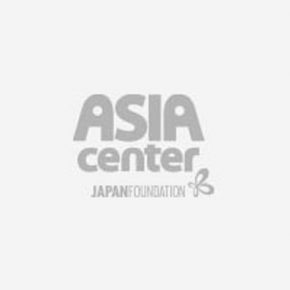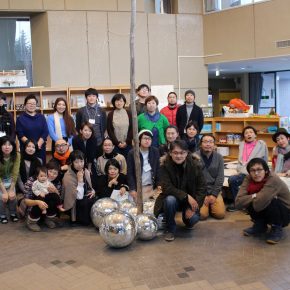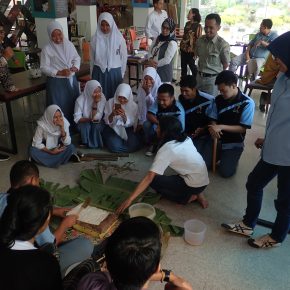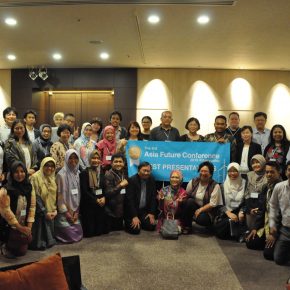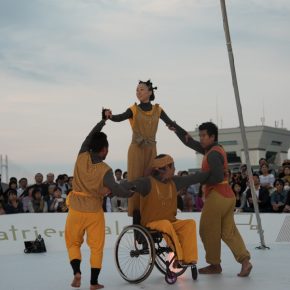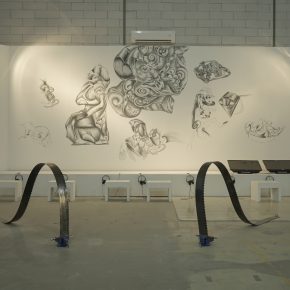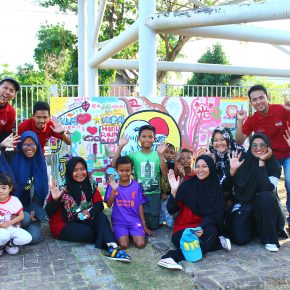We held our Daigo Art Project as a collaboration between the Tokyo University of the Arts, Silpakorn University in Thailand, and the University of Indonesia Denpasar branch. We conducted a goods exchange project between Thailand and Ibaraki Prefecture, and invited 14 artists to reside in Daigo town, researching the area, holding workshops at elementary and middle schools, and creating works of art. Additionally, exhibitions were held at Daigo’s old school and station-front shopping street, with events exhibiting the work and holding discussion panels. As a research project, we also collaborated with the Lasalle College of the Arts in Singapore and the De La Salle University in the Philippines, introducing artists who could undertake exchanges or collaborations with residents in the northern region of Ibaraki Prefecture, and asking them to reside in Ibaraki, performing research and joint production there. The artists who accepted the offer travelled to Japan, performed research on the region’s culture, history, industry, citizens’ lives and residents’ attitudes, and used discussion events and symposiums as a means of cultural exchanges with local people, deepening understanding of one-another’s cultures.
Achievements of FY 2016 https://grant-fellowship-db.asiawa.jpf.go.jp/en/grant/cc1643/


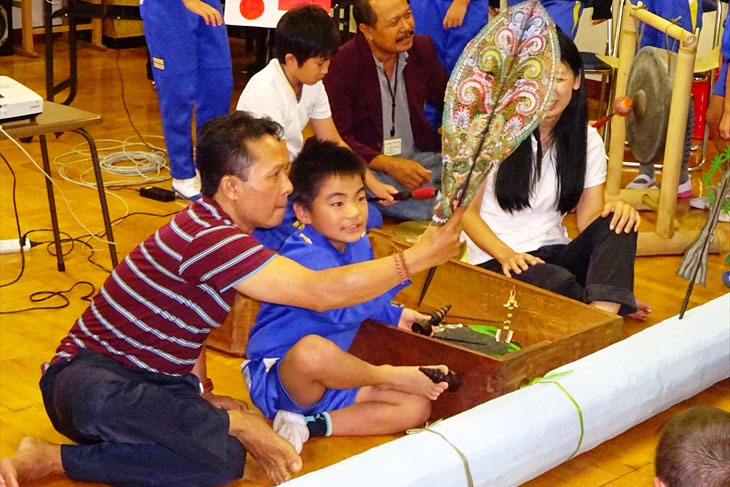

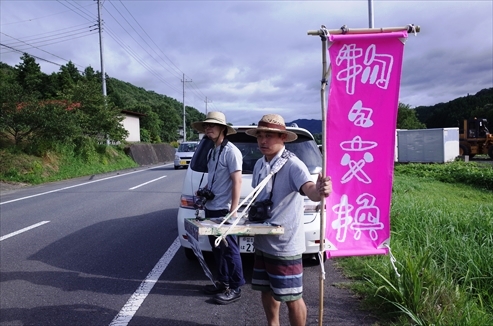
- Related Countries
- Japan, Singapore, Philippines, Indonesia, Thailand, Vietnam, Taiwan, Korea, France, U.K.
- Co-organizer(s), Cooperator(s)
- Silpakorn University
- Indonesian Institute of the Arts, Denpasar
- LASALLE College of the Arts
- De La Salle University
From the Organizer
Art projects were held to revitalize familiar locations, such as reviving the school anthems of closed schools, giving new attention to local features. Through workshops introducing traditional arts from overseas and activities in which international artists collaborated with local children, a mutual understanding and exchange that transcended nationality was advanced. In particular, the workshops at local elementary and middle schools used an exchange with foreign cultures to contribute to the emotional education of children and training of young artists. Furthermore, interviews and discussions with the foreign artists enabled in-depth communication with local residents, and holding talk events and symposiums advanced lively exchanges of opinion and discussion between the artists and local residents, giving a shared understanding of different cultures.
